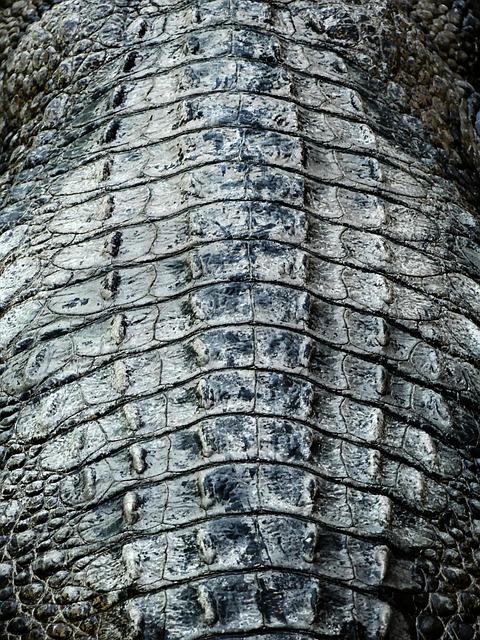London offers diverse, non-invasive skin tag removal methods, including cryotherapy, laser treatment, and topical solutions. For larger tags, surgical options like excision and cryosurgery provide effective removal with minimal scarring. Proper post-treatment care and preventive measures help heal wounds and reduce future growths, while regular dermatologist check-ups monitor skin health.
Looking to get rid of skin tags without scarring? This comprehensive guide explores effective London skin tag removal methods, delving into non-invasive techniques like cryotherapy and topical treatments, as well as surgical options for complete elimination. We break down causes and types, offering expert advice on post-treatment care and prevention strategies to ensure optimal results.
- Understanding Skin Tags: Causes and Types
- Non-Invasive London Skin Tag Removal Methods
- Surgical Options for Skin Tag Elimination
- Post-Treatment Care and Prevention Strategies
Understanding Skin Tags: Causes and Types
Skin tags, also known as acrochordons, are small, soft skin growths that typically appear on the neck, armpits, and groin areas. They can vary in size, from a few millimetres to a centimetre or more, and often resemble small pieces of hanging skin. While they are generally harmless, many people opt for London skin tag removal due to cosmetic concerns or discomfort caused by their location.
Causes differ across various types, but they commonly form due to friction or irritation. Skin tags can be inherited genetically, making certain individuals more prone to developing them. They may also appear during pregnancy as a result of hormonal changes or in areas where skin folds and rubs against itself over time. Understanding these causes is essential when considering removal methods, as some approaches are better suited for specific types and underlying factors.
Non-Invasive London Skin Tag Removal Methods
In London, there are several non-invasive methods available for skin tag removal, offering effective and safe solutions for those seeking to eliminate these small skin growths without leaving scars. One popular choice is cryotherapy, where liquid nitrogen is used to freeze and destroy the skin tags. This procedure is usually quick, painless, and highly effective, making it a favourite among aesthetics professionals in London. Another non-surgical option is laser treatment, which targets the skin tags with precise laser beams, causing them to fall off naturally without damaging surrounding skin.
Additionally, topical treatments using salicylic acid or silicone patches are also popular for at-home use. These methods allow individuals to gently remove skin tags over time with consistent application. Such non-invasive London skin tag removal techniques have gained popularity due to their minimal downtime and excellent results, catering to those who prefer a more subtle approach to skincare.
Surgical Options for Skin Tag Elimination
In some cases, individuals may opt for surgical procedures to remove skin tags, especially if they are large, persistent, or causing discomfort. There are several surgical options available in London for effective skin tag elimination. One common method is excision, where a dermatologist will gently cut off the skin tag with a scalpel or scissors, ensuring a clean and precise removal. This technique is typically quick and can be performed under local anaesthesia, reducing any potential pain.
Another surgical approach is cryosurgery, which involves freezing the skin tag using liquid nitrogen. This method is less invasive and often preferred for smaller tags. The frozen tissue contracts, causing it to fall off over time. While there might be some temporary redness or swelling, scarring is usually minimal, making it an attractive option for those seeking a London skin tag removal solution without visible scars.
Post-Treatment Care and Prevention Strategies
After removing skin tags, proper post-treatment care is essential to prevent scarring and ensure optimal healing. It’s crucial to keep the treated area clean and dry; gentle cleansing with a mild soap and water is recommended. Avoid harsh scrubs or products that may irritate the skin. Gently patting the area dry after washing can help reduce discomfort. Additionally, applying a sterile, non-stick bandage for a few days post-treatment can offer protection and minimize the risk of infection or further irritation.
To prevent future skin tag development and promote healthy skin, several strategies can be employed. Regular exfoliation helps remove dead skin cells and keeps the skin smooth. However, be cautious with harsh scrubs that could cause micro-tears. Using a mild exfoliator or a loofah gently is advisable. Also, staying hydrated by drinking plenty of water supports skin health and elasticity. London Skin Tag Removal clinics often recommend topical creams or serums to enhance collagen production, which can help prevent new tags from forming and aid in scar healing. Regular check-ups with a dermatologist are beneficial to monitor any changes in the skin and address concerns promptly.
Removing skin tags without scarring is achievable through various methods, from non-invasive techniques like cryotherapy and laser treatments to surgical options. For those in London seeking London Skin Tag Removal, understanding the causes and types of skin tags can help guide treatment choices. Proper post-treatment care and prevention strategies are also crucial to minimizing scars and ensuring optimal results. By combining these approaches, individuals can safely and effectively address skin tags, restoring their confidence and smooth, scar-free skin.
